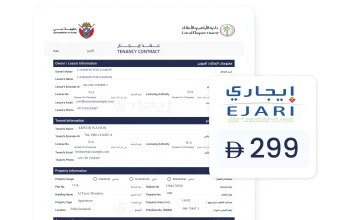Thinking ahead about leaving the space is important while renting a commercial property and right exit strategies helps avoid problems later on. If you are renting a commercial space for rent, understanding the lease termination clause is a key part of making smart decisions.
What Is an Exit Strategy?
An exit strategy is a plan for ending your lease or moving out of the property. Sometimes businesses grow, change direction, or face challenges that make staying in the same space difficult. Having a clear way to leave a lease can save time, money, and stress. It gives you options if your situation changes.
The Lease Termination Clause Explained:
The lease termination clause is the part of your rental contract that talks about how you can end the lease early. This clause tells you what steps to take if you want to move out before the lease ends. It also explains any fees or penalties you might face. Reading this clause carefully helps you avoid surprises.
Notice Period and Communication:
Most lease termination clauses require tenants to give notice before leaving. This means you have to tell the landlord a certain amount of time in advance, often 30 or 60 days. Providing proper notice is important so both parties can prepare. Always communicate clearly and in writing to keep a record.
Possible Penalties for Early Termination:
Leaving a lease early can sometimes lead to penalties. These may include paying rent for the remaining months or a fixed fee. Some landlords might agree to find a new tenant to take over your lease, which could reduce the penalty. Understanding the costs helps you plan better.
Negotiating Your Lease Terms:
Before signing a lease, try to discuss the termination clause with the landlord. Sometimes you can negotiate terms that work better for your business. For example, you might ask for shorter notice periods or lower fees if you need to leave early. Clear agreements at the start can make things easier later.
Other Exit Options:
Besides ending the lease early, some agreements allow you to sublease the space to another tenant. This means someone else rents the space from you. Subleasing can help reduce costs if you no longer need the space. Check if your lease allows subleasing and what rules apply.
Planning your exit strategy and understanding the lease termination clause gives you more control over your rental situation.



